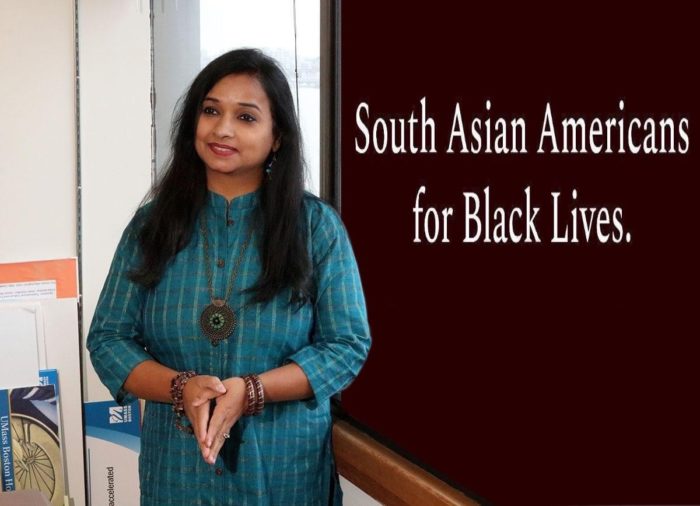
As the universities struggle to figure out whether they will be able to open campuses in the fall and how many students will enroll either on campus or online, they decided to cut off the most vulnerable and essential workers within their teaching community. Faculty members received layoff notices in many universities just as they had finished teaching an unprecedented semester in which they put in extraordinary effort to make the transition into a remote format functional and beneficial for both students and the university. This action is like a slap in the face and for the adjunct professors, it becomes a question of how they can cope, accept, and publicly admit their precarious financial and professional position. They are essential workers, and many have been engaged with immigrants and other vulnerable communities during the pandemic. They are community workers who fight against social injustice and help others to overcome resistance and barriers. After all, the shame, stigma, and reluctance to embrace one’s own vulnerability strips the tools and weapons needed to fight against systemic inequalities. Proletarianization is an intimate struggle many in adjunct academia are familiar with, just as it is for the communities they serve.
The South Asian working-class community is among many vulnerable groups who have been fraught with many barriers to accessing help during the COVID-19 pandemic. Besides the important objective barriers, such as growing unemployment and lack of internet literacy, there are pervasive ones such as internalized stigmas around aid, gendered norms linking masculinity to self-sufficiency, and middle-class aspirations to not be seen as working-class. To form a strong community and not allow these barriers to persist, people need to make sense of our internalized beliefs and how we have been conditioned. At the same time, those who are working on the front lines to manage and organize efforts to aid the Center’s people are struggling with working-class precarity. The objective barriers thrust upon the lives of these individuals become internal barriers, making their missions of activism and aid that much more challenging.
There has been discourse around going “back to normal” after this pandemic. However, going back to normal means going back to the same negative conditions that have now become more noticeable. There is a need for the social fabric of our community to change. People have to unlearn many of the ways we contribute to existing social stratifications and divides that aggravate the present political situation in this country.
Through my work In the South Asian immigrant community, I have often noticed a hierarchy amongst older arrivals and more recent arrivals. Those who arrived in the United States around two decades ago have a sense of seniority or even superiority over newcomers. They feel their experience, knowledge, nuanced understanding of issues, and expansive access to resources instills more deservingness than more recent immigrants. Along with the common sexist, casteist, and racist ideologies among members of this group, many show off their power and class clout with their American accents, socioeconomic wealth, and their narcissist approach towards life. This is reflected when they dismiss newcomers’ approaches to conducting themselves in America and their desire to make space for all individuals.
These restrictive and hateful ideologies and approaches are, for the most part, socially constructed from flawed origins and acculturation. In order to truly take part in the values of freedom and diversity central to America, these ideologies need to be analyzed and unlearned. Exposure to a diverse community should help them introspect and see their shortcomings in order to be more inclusive. One of the biggest barriers in forming solidarity groups such as SAWC has been the inhibition from those with seniority toward sharing access to resources and knowledge with newcomers. Instead of collectively sharing the ways they have achieved success and building bridges with one another, those with seniority have this individualistic notion that newcomers must ‘do it themselves’ and find their own way to access resources. Thus, SAWC was built to bring the immigrant community together by relating with one another across diverse cultural, religious, and regional backgrounds.
The mission of building solidarity within the South Asian community is akin to other movements such as Black Lives Matter. How can we learn from them in order to connect our own community? For many South Asians committed to fighting state violence against Black people, it is clear that our work in being allies relies on undoing anti-Black ideologies within our own communities. Conversations about white supremacy, anti-Black racism, and standing in solidarity as allies are very challenging, albeit crucial at this point of global crisis. In a similar vein and in order to build bridges within our own community, we need to have difficult conversations with our friends and families about religious, caste, class, and gender discrimination.
Managing these large efforts to create community is a challenge. The ambition one must have to conduct the multiple aspects involved must be generous and consistent. The community at SAWC, along with the students group in and around Boston look up to me for the comprehensive civic work I have been engaged in with immigrant and vulnerable communities. This has been reflected in the mental wellbeing sessions the center has conducted, in which we have learned about our strengths, our journeys of resilience, and the importance of educating the next generations about empathy. It gives me great purpose to have others look to me for help objectively, mentally, and emotionally. However, my own vulnerabilities and struggles are intersected with my journey as an educator and community organizer.
Jyoti Sinha is the founder of the South Asian Workers’ Center – Boston (SAWC), and a faculty member in the sociology department at UMass Boston
